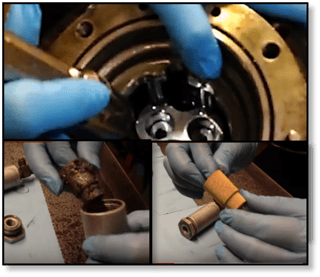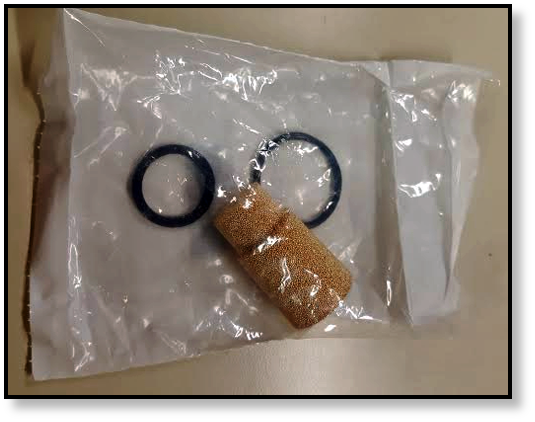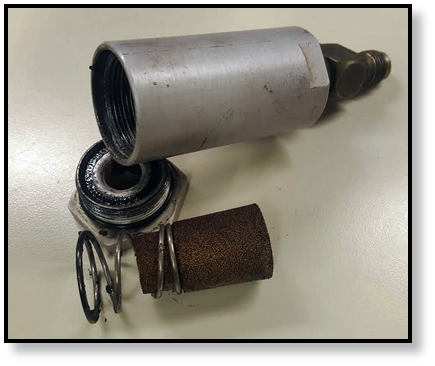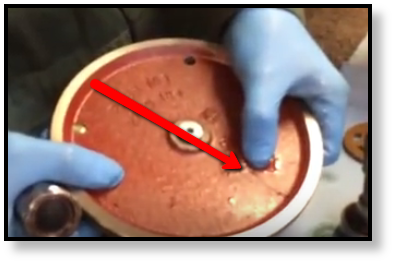Case Drain Filters Overlooked Maintenance Task

Did you know that overlooking a simple maintenance task can result in the cover plate being cracked or blown off your final drive during operation? And did you know that such a dramatic failure isn’t all that unusual? In this blog post, we are going to talk about one of the most neglected aspects of final drive maintenance: case drain filters.
Here are some more Shop Talk Blog posts you might find helpful ...
- 5 Reasons a Final Drive Can Lack Power
- 3 Things You Should Know About Gear Oil for Final Drives
- Final Drives: Re-Manufactured Versus Rebuilt
Case Drain Filters
The series of events leading up to a blown or cracked cover plate begins with a simple thing called the case drain filter.
About 90% of all final drives have a return line to the tank called the case drain. On the case drain line you will find a case drain filter, also known as an in-line filter. Depending on what type of equipment you have, there may be a case drain filter for each travel motor, or just one case drain filter for both.
The typical filter looks like an aluminum canister that is about 1¼” in diameter and between 3” and 3½” long. The filter element is made of sintered bronze, and is gold in color when it is clean, like the one shown below. The purpose of the case drain filter is to filter contaminants that might be in the hydraulic fluid.

Contamination
These contaminants include metal shavings, metal flakes, sand, dust, ash, rubber, and other particulate matter that can be damaging to your hydraulic system. If the filter is not changed often enough, contamination builds up on the filter to the point that the hydraulic fluid can no longer flow through it. The case drain filter shown below is an example of one that has been well used.

Pressure
This, in turn, causes a significant rise in hydraulic pressure. Seeking release, the pressurized hydraulic fluid blows the lower shaft seal (also known as the oil seal) which now allows that highly pressurized hydraulic fluid to flow into the planetary section of the drive. There it begins to wreak havoc on the bearings as it continues to look for some way to relieve the pressure.
Still under tremendous pressure, that hydraulic fluid is going to find the weakest point. With nowhere else to go now, it will force its way through the cover plate. The cover plate will either crack, blow off the final drive, or skyrocket off the final drive at tremendous speed.
Keep in mind, also, that highly pressurized hydraulic fluid is dangerous to operators and technicians, too. A pressurized leak the size of a pinhole can do serious physical harm. You don't want excessive pressure to build up where it is not supposed to be.
 Aftermath
Aftermath
The aftermath of this kind of failure is expensive, with blown seals, damaged bearings, and a cover plate that cannot be repaired. Needless to say you will know when this kind of failure has occurred. It typically wrecks the inside of the final drive beyond repair, too.
Prevention
This type of catastrophic damage can be prevented by checking and replacing the case drain filter according to manufacturer guidelines. It is a very simple procedure, and is not time intensive. So, if you'd rather not have a cracked or missing cover plate, take the time to check your case drain filter.
Need help in Shipping your Final Drive Motor safely and securely for shop repairs? Get your free How to Ship a Final Drive Motor guide now.

